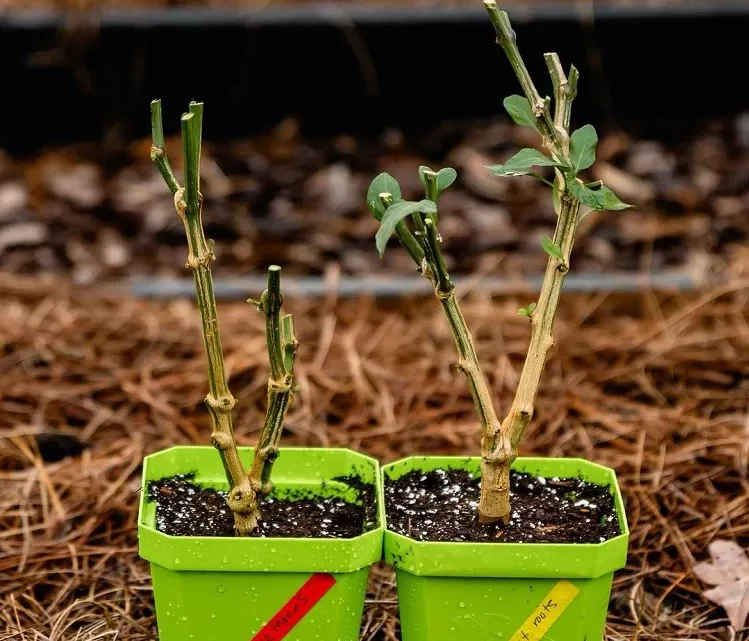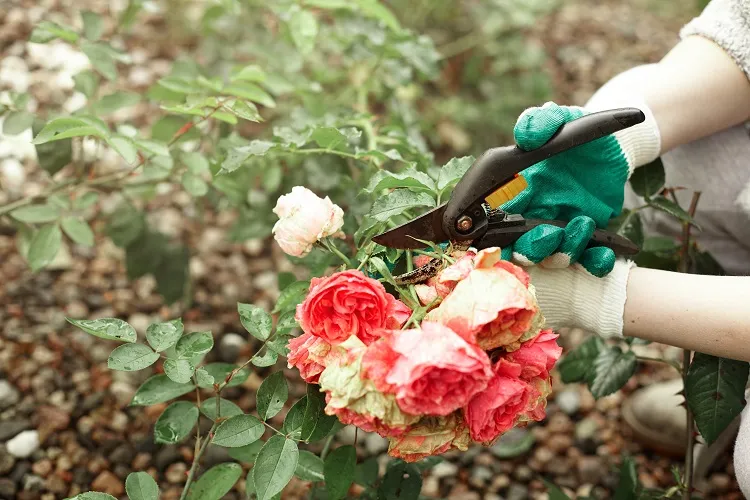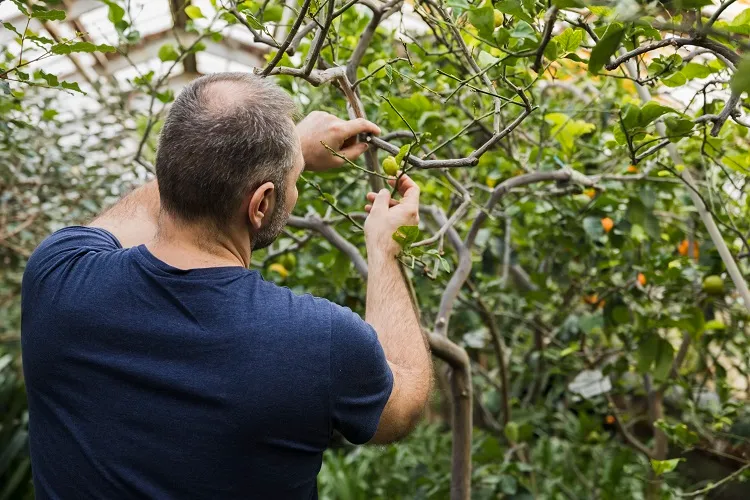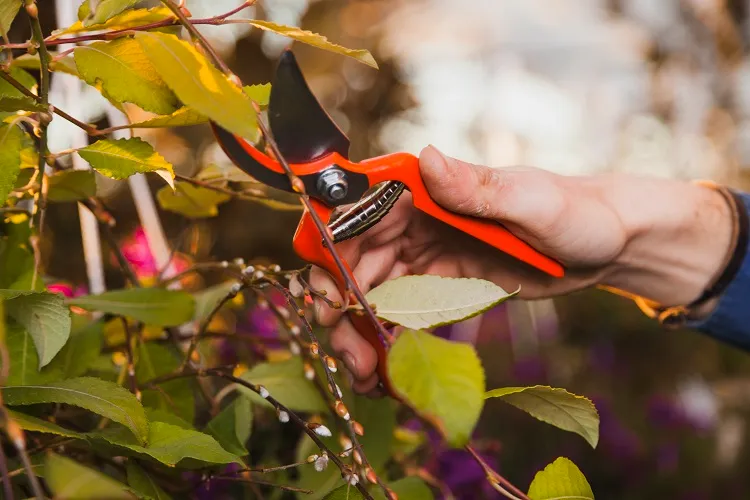Would you like to multiply your favorite greenery and guarantee a colorful garden when the sun comes back out? But you don’t know which cuttings to take in November? Contrary to popular belief, November is the ideal time to take cuttings from many plants before they go into dormancy. Which are they, and how can you successfully take cuttings without making any mistakes? Here’s what our gardeners have to say!
Which Cuttings to Take in November?
No, winter does not prevent plants from multiplying – quite the contrary. In fact, winter conditions are more favorable for root development. So take the opportunity to take cuttings from your favorite flowers, shrubs, and trees. Although cuttings are generally used to propagate plants that don’t produce seeds, it’s perfectly possible to take cuttings of the following plant varieties:
- Flowering plants – carnations, violets, primroses
- Ornamental shrubs – oleander, roses, seringat, weigela, fortsythia
- Evergreen shrubs and conifers – boxwood, willow
- Fruit trees – figs, vines, blackcurrants, currants, cider apples
- Bulbs – hyacinths, lilies
Flowering Plants
To take cuttings from carnations, violets or primroses, simply remove a few healthy stem ends (10 cm/3.93 in). Cut out the lower leaves and any upper ones, then prick the cuttings into moist potting soil. Place in an area sheltered from the wind. Even if temperatures are negative and your cuttings are exposed to frost, this won’t interfere with their rooting. As your flowers grow, pinch their ends to help them branch out.
Bulbs
Lilies and hyacinths are the main bulbs you can cut at this time of year. How to do it? Separate their scales and grow them in pots. Beware, however, that this cutting technique may take longer. Count on 2–3 years for the most vigorous varieties. To cut hyacinth bulbs, cut them into quarters (like an onion), then replant each quarter in pure sand. In spring, you’ll have small, formed bulbs.
Also read: When to Plant Tulip Bulbs? Which Varieties to Choose? Learn Now
Which Cuttings to Take in November from Flowering Shrubs?
Do you have rose bushes on your balcony or in your garden? Good timing! Take advantage of the month of November to multiply them and have new ones when spring returns! Select a healthy stem without flower buds and cut it above a node, then plant it in a pot filled with a mixture of potting soil and sand. For other flowering shrubs, including oleander cuttings, seringat, weigela and fortsythia, cut at a 45°-90° angle, removing all leaves (except those at the top).
Also read: How to Take Hollyhock Cuttings? The Ultimate Guide to Propagating Alcea Rosea by Its Roots
Fruit Trees
Of course, not all fruit trees can be cut in November. However, figs, vines, blackcurrants and redcurrants all lend themselves to cutting before winter. Take healthy, vigorous stems, always cutting above the node with clean secateurs. The stem should be 20 cm/7.87 in long and have three knots. Soak it in water, then in a rooting hormone and plant it in a pot. Water regularly and wait. By the way, some varieties of apple trees, particularly cider varieties, can also be cut in November. Plant a few vigorous stems (without leaves) in pure sand, then put them in a corner sheltered from the wind until March. When the warm weather returns, replant them in a conventional potting soil and they’ll thrive again.
Top Tips for Successful Cuttings in Winter
To cut a plant, whether in summer or winter, you need to choose a healthy stem and cut it above a node (i.e. where the leaves join the stem), then remove the leaves, leaving only those at the top. Why do you do this? Simply to limit evaporation and prevent wilting. Make sure your stem is 20 cm long. All that remains is to plant the cutting in a pot filled with potting soil and sand. Sand ensures good drainage. Finally, water generously and place in a bright spot, but not in direct sunlight. Never let the soil dry out. Last but not least, a rooting hormone will not go amiss. Some gardeners opt for natural alternatives such as willow or bramble flour and water.





